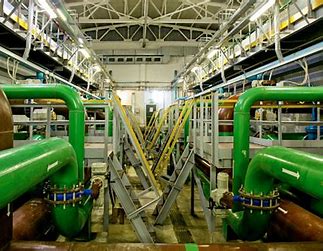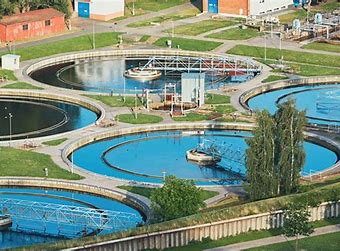
Wastewater Treatment: A Guide to Processes and Advancements
Introduction
Wastewater treatment is essential for maintaining environmental health and cleanliness. This article provides an overview of the wastewater treatment process, highlighting its relevance and importance. By exploring the significance of this topic, readers will gain a deeper understanding of the critical role wastewater treatment plays in preserving ecosystems.
Historical Background
Wastewater treatment has evolved significantly over the years. Early methods of wastewater disposal led to significant water pollution. However, advancements in technology and awareness have revolutionized wastewater treatment systems, improving the way we manage and treat wastewater.
Key Concepts and Definitions
To fully comprehend wastewater treatment, it is important to familiarize ourselves with key concepts and definitions. Wastewater, which refers to any water contaminated by human activities, can be categorized into different types. The first stage, primary treatment, involves the removal of large solids and debris through processes like screening and grit removal.
Secondary treatment focuses on the biological treatment of organic matter. The activated sludge process utilizes microorganisms to break down pollutants, while the trickling filter process employs media for microbial growth. Tertiary treatment, the final stage, uses advanced methods like filtration and disinfection to remove remaining pollutants. Sludge treatment and disposal methods are also crucial components of wastewater treatment.
Main Discussion Points
Point: Primary Treatment
Primary treatment acts as a preliminary step in wastewater treatment. It involves the screening process, which eliminates large debris and particles from the wastewater. This step prevents damage to downstream treatment equipment and reduces the overall environmental impact. Grit removal focuses on eliminating smaller, heavier particles that may cause abrasion or clogging in subsequent treatment stages.
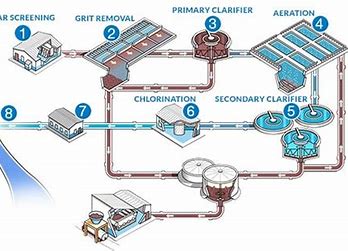
Point: Secondary Treatment
Secondary treatment involves the biological treatment of organic matter. The activated sludge process utilizes microorganisms and oxygen to break down pollutants. Aeration plays a crucial role in this process by providing oxygen to the microorganisms. The trickling filter process, another approach to secondary treatment, promotes the degradation of organic matter through microbial activity.
Point: Tertiary Treatment
Tertiary treatment targets the removal of remaining pollutants. Filtration effectively removes fine particles and solids from the wastewater, resulting in cleaner water ready for further use or discharge. Disinfection ensures the elimination of harmful microorganisms, minimizing the risk of waterborne diseases and infections.
Case Studies or Examples
Examining successful wastewater treatment projects demonstrates the positive impact of this process on communities and ecosystems. Innovations, such as membrane bioreactors and constructed wetlands, have improved treatment efficiency and reduced energy consumption. The impact of wastewater treatment on local ecosystems and communities highlights its role in preserving health and well-being.
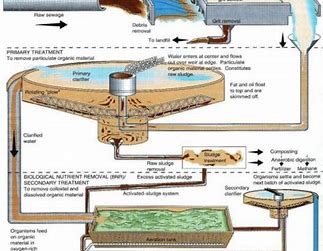
Current Trends or Developments
Advancements in wastewater treatment technology continue to drive improvements in efficiency and sustainability. Sustainable practices, such as utilizing renewable energy sources and implementing water reuse systems, offer environmentally friendly approaches. Advanced monitoring and control systems enable real-time analysis and optimization of treatment processes, enhancing overall efficiency.
Challenges or Controversies
Water scarcity and the increasing demand for water pose challenges to wastewater treatment, particularly in regions with limited freshwater resources. Emerging contaminants, such as pharmaceuticals and personal care products, present a new challenge in removing these substances from wastewater. Public perception and acceptance of wastewater treatment plants remain controversial, requiring education and awareness campaigns to address misconceptions.
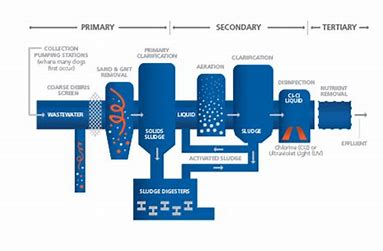
Future Outlook
The future of wastewater treatment holds potential for further efficiency improvements. Advancements in technology, including the integration of artificial intelligence and robotics, promise more streamlined processes. Climate change necessitates adaptation and resilience strategies to ensure the effectiveness of treatment systems.
Conclusion
Wastewater treatment plays a critical role in safeguarding the environment and communities. Understanding the stages and concepts involved is essential for proper wastewater management. Encouraging research and awareness is vital to drive innovation and promote sustainable practices in wastewater treatment.




